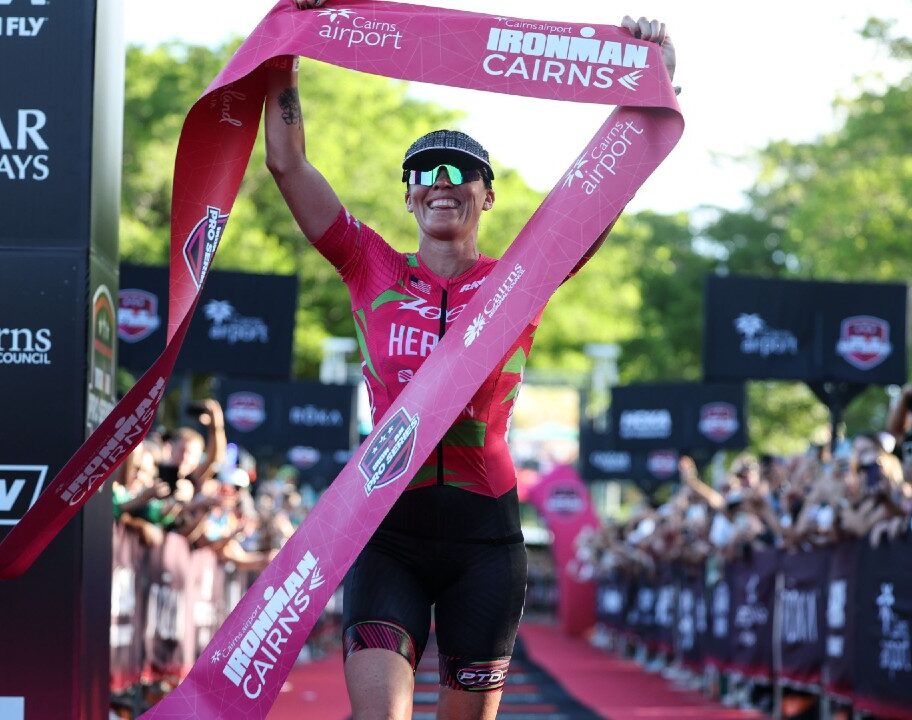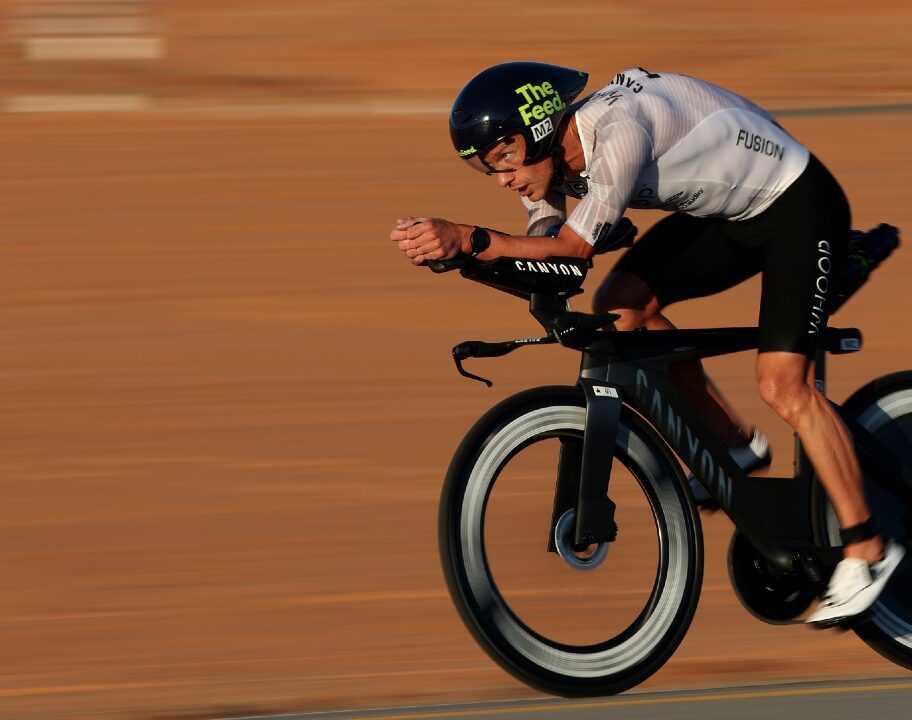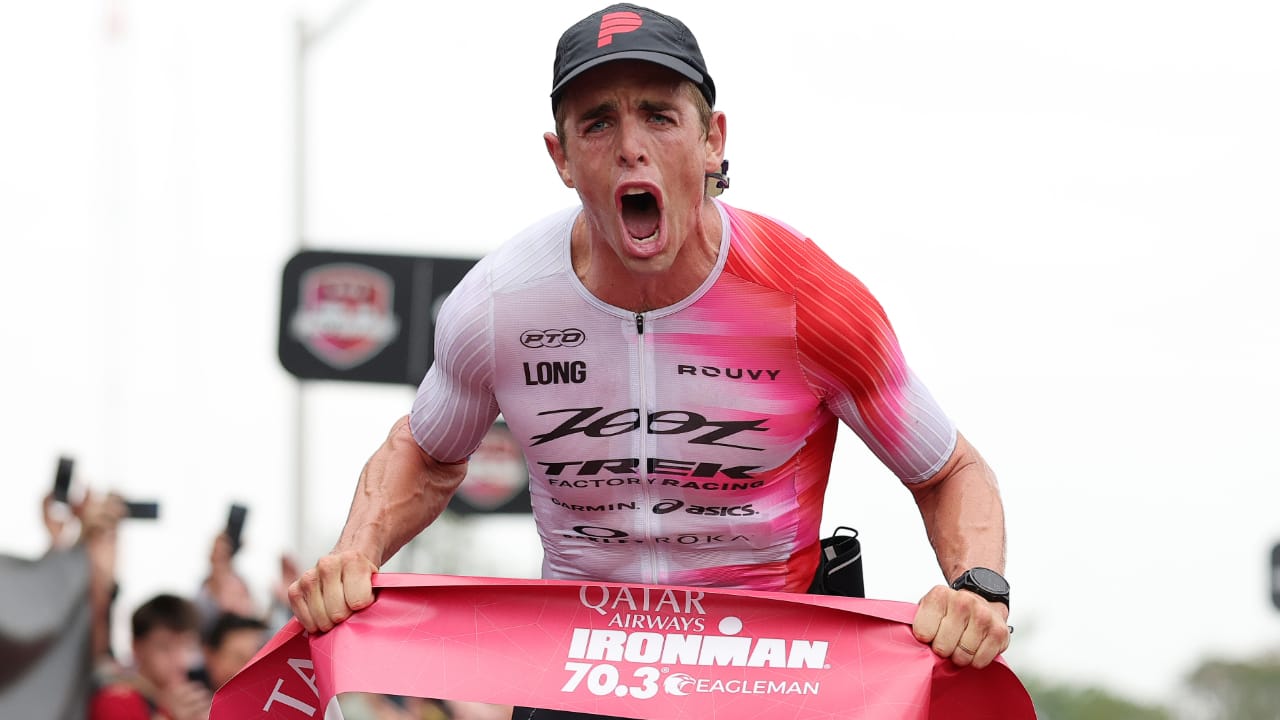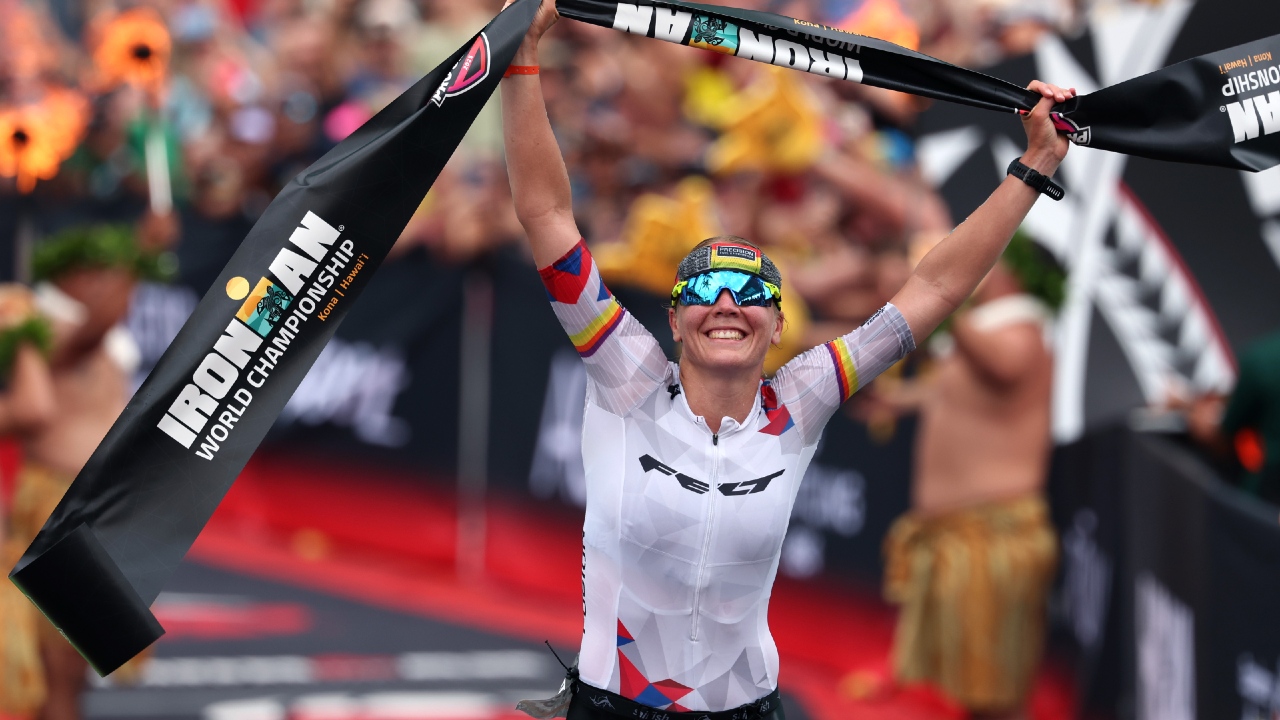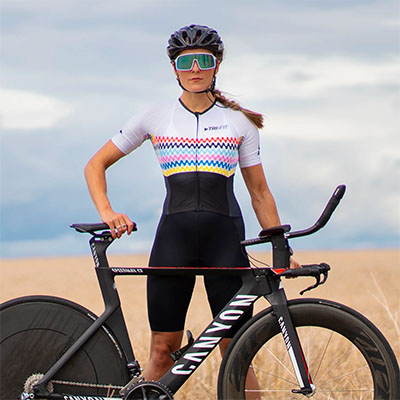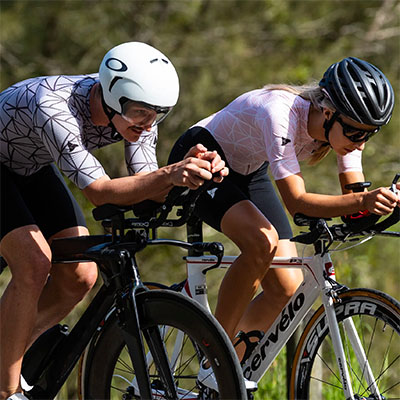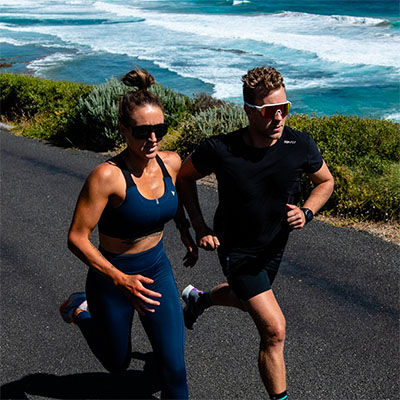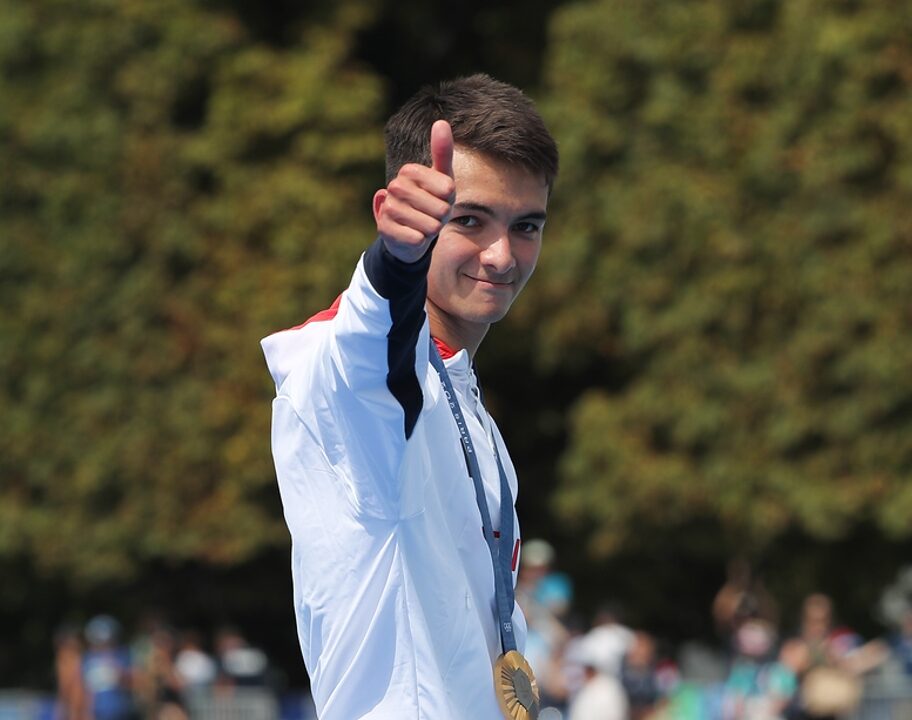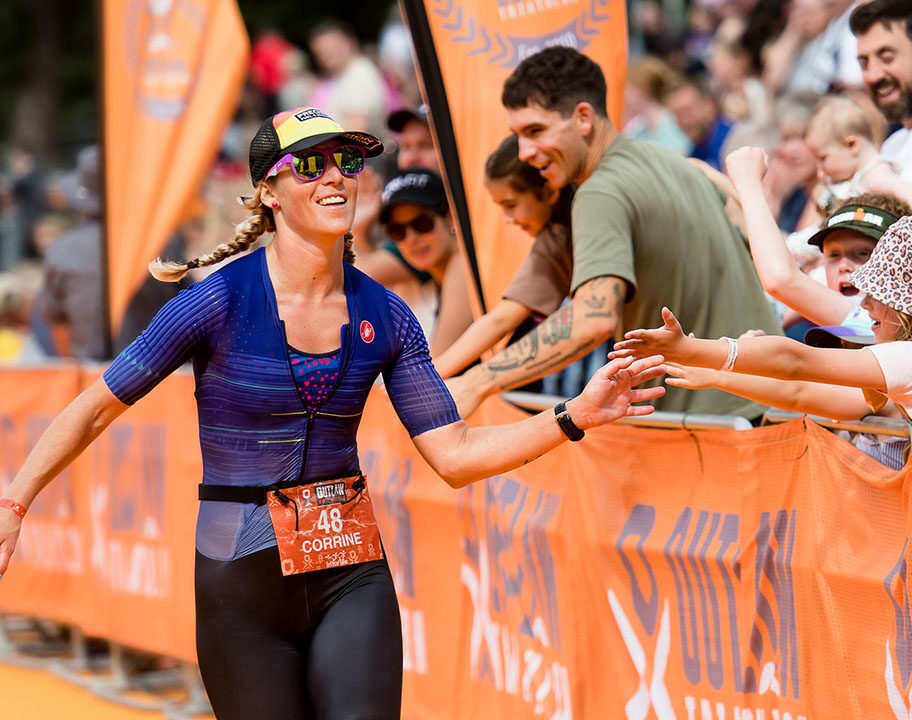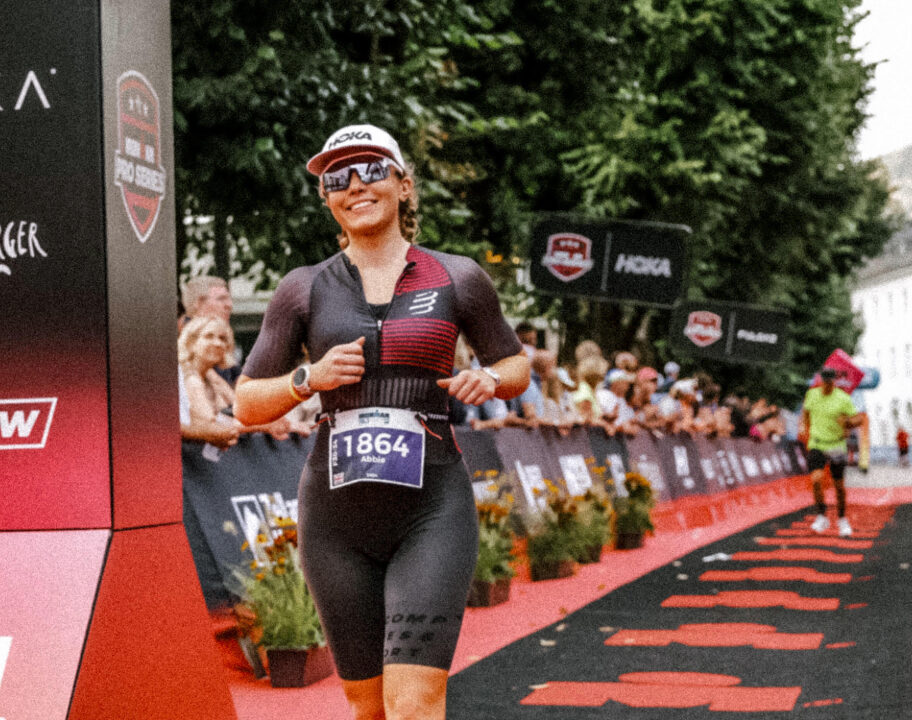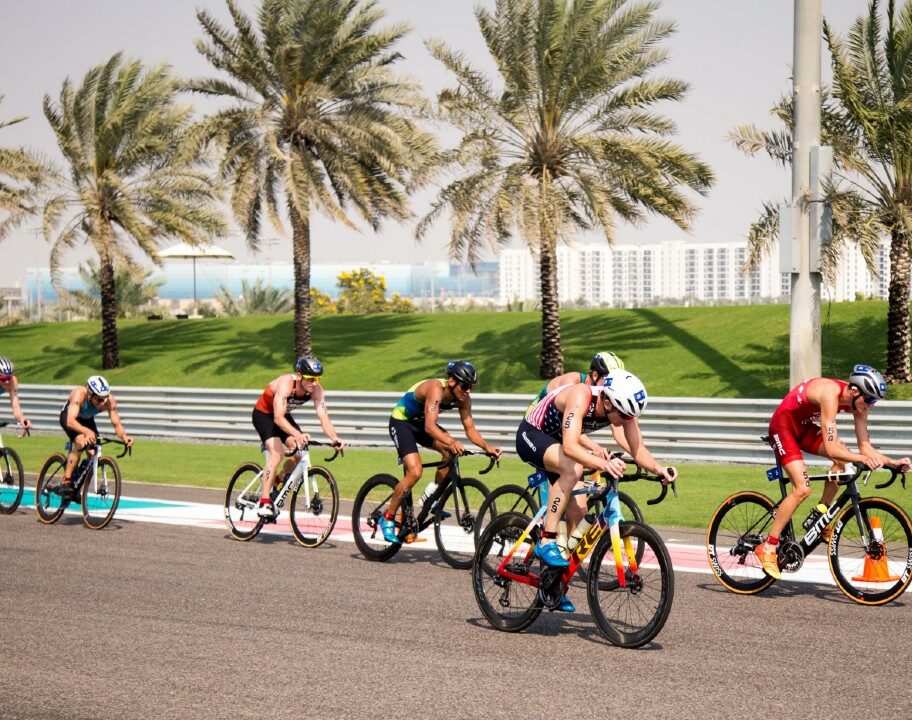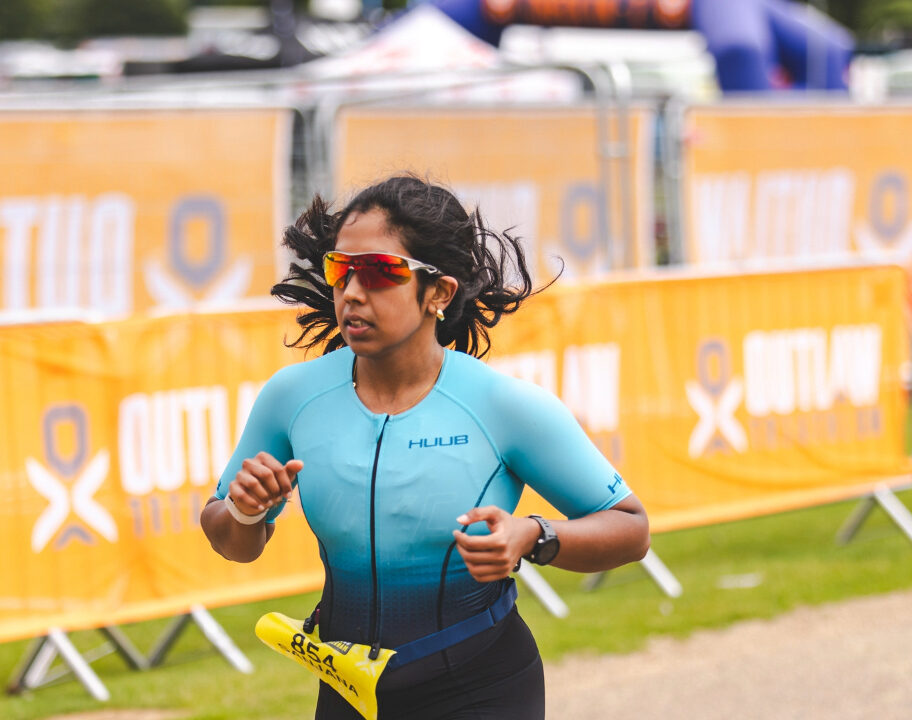Elite sport is full of highs and lows. TRI247 columnist, Ali Brauer, has not had the sort of year she hoped for after a debut season in the Pro middle distance ranks saw her secure two IRONMAN 70.3 podiums in 2021.
One thing we do know, having watched this sport closely for many decades, is that it is athletes who can deal with both the ups and the downs, that come out on top in the end. In her latest update, Ali is honest about how changing her approach to toughness and grit, is key to trying to turn things around.
Sport is full of peaks and valleys, and recently, I have been navigating what feels like a vast valley in my career.
A mere six weeks after leaving the full-time training environment that had been my home for four years, and just five weeks after moving back across the country to my true home, I raced at 70.3 Mont-Tremblant. Leading into the race, I had a gut feeling that I was pushing myself a bit too much to get to the start line. But I had already signed up, this race was on my bucket list, my training numbers looked good, and I was determined to make it there.
Make it there I did – even after a comedy of errors leading up to race day, including delayed baggage and perpetual bike issues – but ultimately, Mont-Tremblant made it painfully clear that I needed to take a step back, give myself some grace, and allow my body and mind to recover from what was an extremely stressful period in my life.
I never felt right on race day, and after faking my way through the swim in what felt like the longest 26 minutes of my life, I completely fell apart. An hour into the bike – usually one of my biggest weapons – I bled time as my body and mind screamed at me to stop. Tears seeped from my eyes as I rolled back toward the resort, where I would be close enough to transition to walk my bike back. Dismounting right below a packed grandstand at the beginning of Chemin Duplessis was one of the most humiliating experiences of my life, but it was the right decision.
The need to slow down
I’ve learned over the past few years that training data is only one piece of the puzzle – and sometimes it’s a surprisingly small piece. For someone like me – who spent a large portion of her life studying a very black-and-white, objective subject and whose brain loves numbers – this has been an important concept to grasp.
If you had seen only my training numbers leading into Mont Tremblant, you’d have thought I was set up for a fantastic performance. But how was I actually feeling? And what was going on under the surface?
In reality, the chronic stress – mental stress plus likely overtraining stress – of my prior situation created a whole host of physical symptoms that I had been battling for months: unusual fatigue and sluggishness, brain fog, insomnia, gastrointestinal issues, and extreme hunger cues, among others. When I wasn’t training, I felt like I was in a daze. Most days, simply existing as a functional human felt like a great challenge. Somehow I was able to coax myself out the door for workouts and still hit impressive power numbers and paces. Athletes are hard-wired to push limits, and sometimes our minds are capable of willing our bodies to incredible places… Until we are forced to slow down.
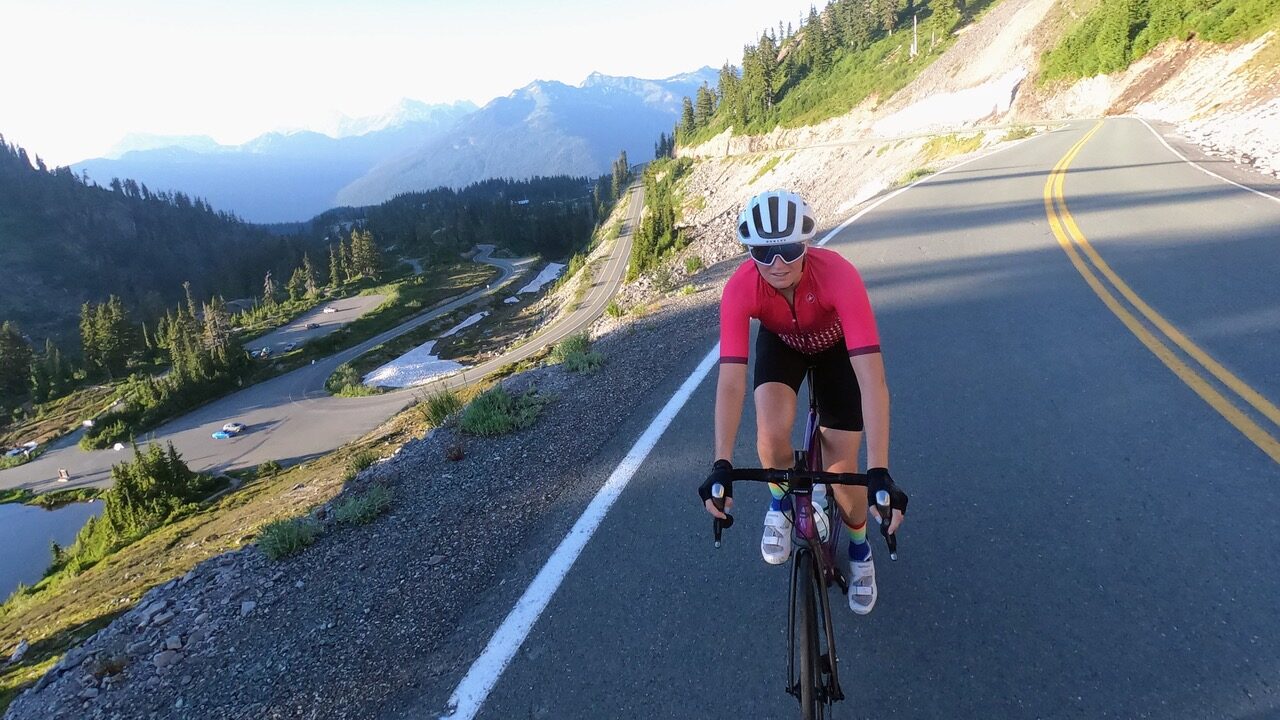
Burnout
It sounds entirely cliché to say that the more you ignore your emotions, the more they will come back to bite you. But in my case, this was the unequivocal truth.
For months before making the final decision to move home, I tried to push down the gut feeling that I needed to make a change. I knew deep down that I was not in the right environment for myself, yet I put my head down and went through all the motions of training. I put my emotions aside in order to get the work done. In general, I was always the athlete who got the work done, no matter what.
The problem was, I was lauded for this – and to a large extent it was encouraged, from the very beginning of my elite career. Even if I didn’t want to, I felt like I had to, and so I did. If I was having a bad day mentally or emotionally, it didn’t matter; I still completed my sessions as planned. If I was suffering from a running-related injury, I swam and biked 20 hours a week instead. I was called “gritty,” and I was praised for it. I thought that’s what it took to achieve success. Grit became so intertwined with my identity as an athlete that I didn’t realize what I was doing to myself.
I bulldozed my way through training and racing for four years to the detriment of my mental – and ultimately physical – health. I am stubborn by nature, and I believed that I could will myself through anything, even when my body and mind sounded the alarm bell. (After all, isn’t that what grit is?) Eventually, I pushed myself to the point of burnout and effective paralysis. I began suffering from the physical symptoms mentioned above and struggled to get out the door for workouts. When I did get out the door, many times I still put up good numbers, which only continued this downward spiral as it almost tricked me into believing everything was okay – even when it felt like I was forcing everything.
Ultimately, my emotions came back to bite me with a vengeance as my body and mind forced a slow down and everything came bubbling to the surface. A DNF at Mont-Tremblant was a tough pill to swallow – and not a fun way to learn a very hard lesson – but it was effective.
What is toughness?
Since Mont-Tremblant, I’ve been thinking a lot about the true meaning of “grit” and how emotions can be an important tool in the training toolbox. Along these lines, human performance expert Steve Magness expands on the difference between real and fake toughness in his new book, “Do Hard Things.” After my recent experiences, I found these ideas particularly illuminating.
Toughness is not pushing down your emotions and bulldozing your way through adversity in sport (or life). It’s not forcing things. It’s not getting the work done at all costs. It’s not doing things for the sake of being tough.
On the contrary: toughness is acknowledging your emotions, using them as a tool to navigate adversity in sport (or life) without being overwhelmed by them. It’s the ability to slow down, to pause, to respond instead of react. It’s getting the work done that makes sense, adjusting the plan properly for stress and fatigue. It’s doing things with long-term health and success at the forefront.
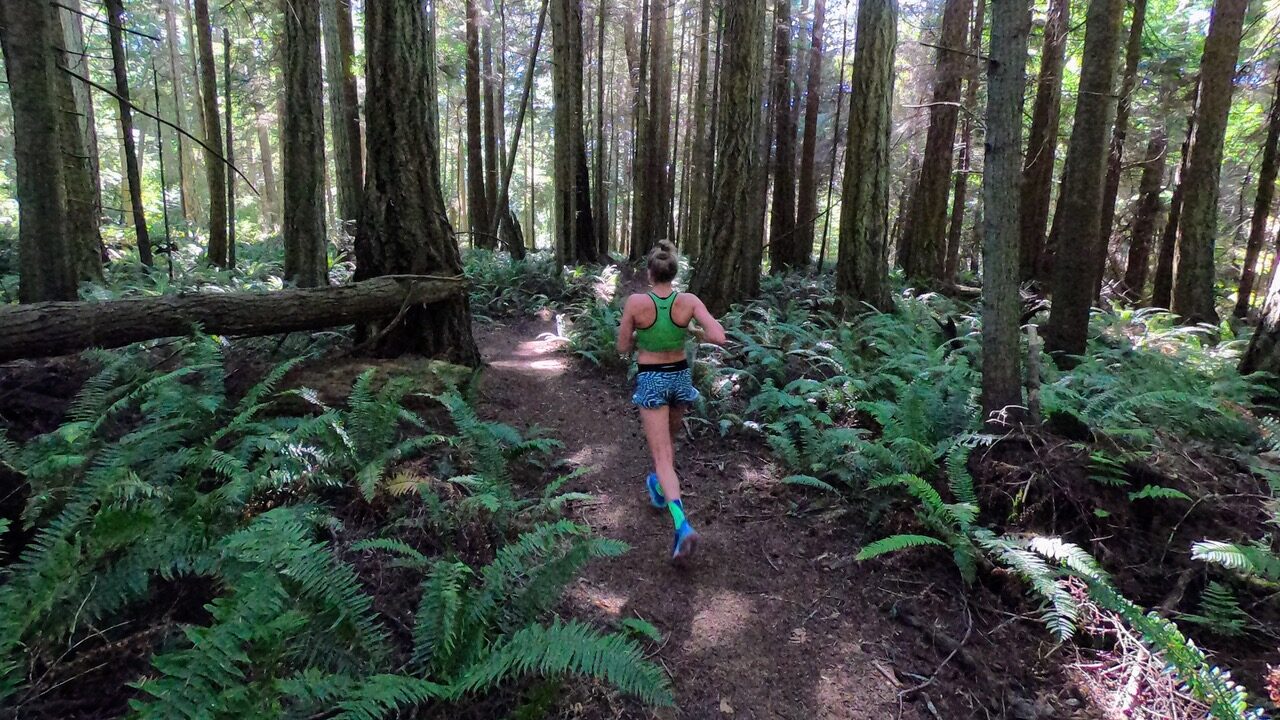
Change needed
In an endurance sport like triathlon where fake toughness – and corresponding catch phrases like “no pain, no gain” or “nobody cares, work harder” – seems to abound, being able to distinguish the fake version from the real version is imperative. Working hard is necessary, but working harder is not always the answer.
When faced with disappointment – such as a poor race performance – or a difficult situation in sport, an athlete can easily get stuck in the trap of thinking that the answer is more hard work. Doubling down and pushing harder is a common response, but this is often a prime example of fake toughness. My ultimate reaction in stressful situations was almost always to throw myself back into doing the work, as this is what I believed – and often what I was told – was necessary for success.
It is important for athletes to develop the self-awareness and confidence necessary to slow down and make good decisions when under stress and fatigue, which is often contrary to their tendency toward being stubborn and hard-wired to push through adversity. However, it is equally as important for athletes to be in an environment where self-regulation like this is allowed and encouraged without any strings attached – and therefore where self-trust is allowed to blossom – which can be difficult in the presence of an authoritarian or controlling coaching figure. A collaborative coach-athlete relationship where the athlete is given more autonomy can often have a better outcome in this regard. As Steve Magness finds, lack of autonomy is one of the best ways to burn out an athlete.
I’m learning slowly: my decision to move home after disappointment at White Lake – after facing months of chronic stress, and ultimately burnout – was the first time I have truly taken matters into my own hands, taken charge of my career instead of following what someone else thought was right, and altered my course in the name of long-term health and success. But part of me believed that I could just jump back into doing the work after removing myself from the source of the stress. Unfortunately, that’s not how situations like this usually play out. The long-term physical and mental effects of that stress were still very much present, and I learned this the hard way.
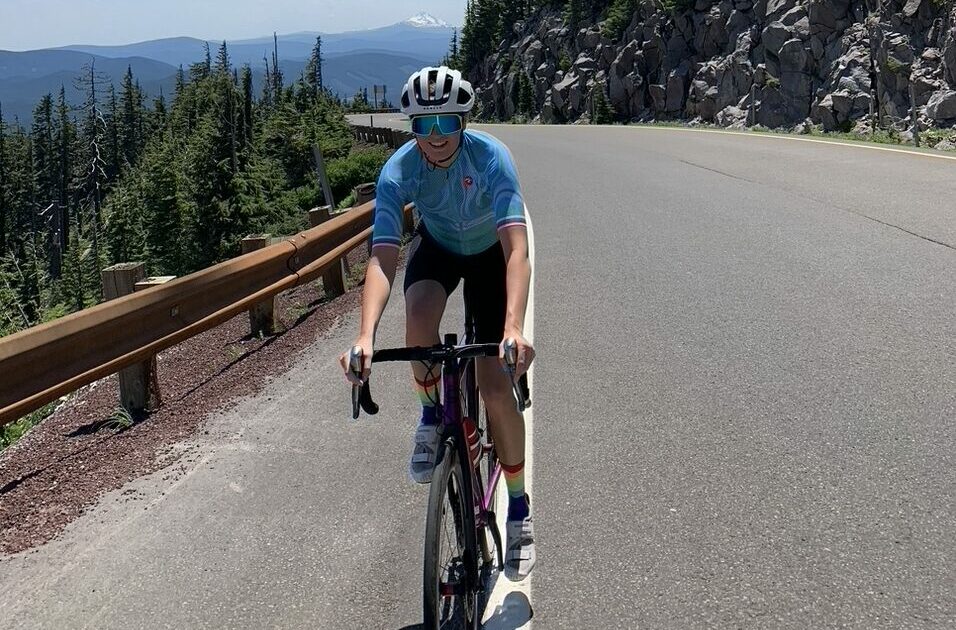
Step back, to step forward
Since Mont-Tremblant, I have relied on true toughness to navigate the valley I’ve found myself in.
Burnout and chronic stress are difficult to overcome, and the effects can linger for quite some time. As such, I learned very quickly that my typical strategy of plowing my way through with sheer stubbornness and willpower would not serve me in this situation.
Blood work a few weeks back showed that my cortisol – the stress hormone – is still high, even after several weeks of training at limited volume and intensity, which explains many of the physical symptoms I was experiencing on top of mental health struggles.
Real toughness during this time has looked like slowing down and listening to my body (this meant taking a short break initially), altering workouts as I see fit, not forcing anything that doesn’t feel right, and reconnecting with enjoyment in sport. I’ve made it my mission to think hard about why I got into triathlon in the first place and to employ strategies based on the answer to this question, which has included adapting sessions in a way that brings me the most joy and prioritising socialisation through training. In fact, I’ve found it easier to complete sessions as planned because I know that I have more control now, and everything is my choice.
There have been many times in the past several weeks where I’ve wondered if I’ll ever be able to drag myself out of this hole and build myself back up. I’ve wondered if I ruined my career by staying too long in a situation that wasn’t right for me and pushing myself past the breaking point. This is not quite how I expected my sophomore long course campaign to go, especially after the success I saw last year.
But there have been glimmers of hope: multiple weeks of completed training, energy slowly returning, feeling just a little like my usual self again. When I am ready to step on a start line again, I will be a much stronger athlete – gritty not by the fake definition, but by the real one.
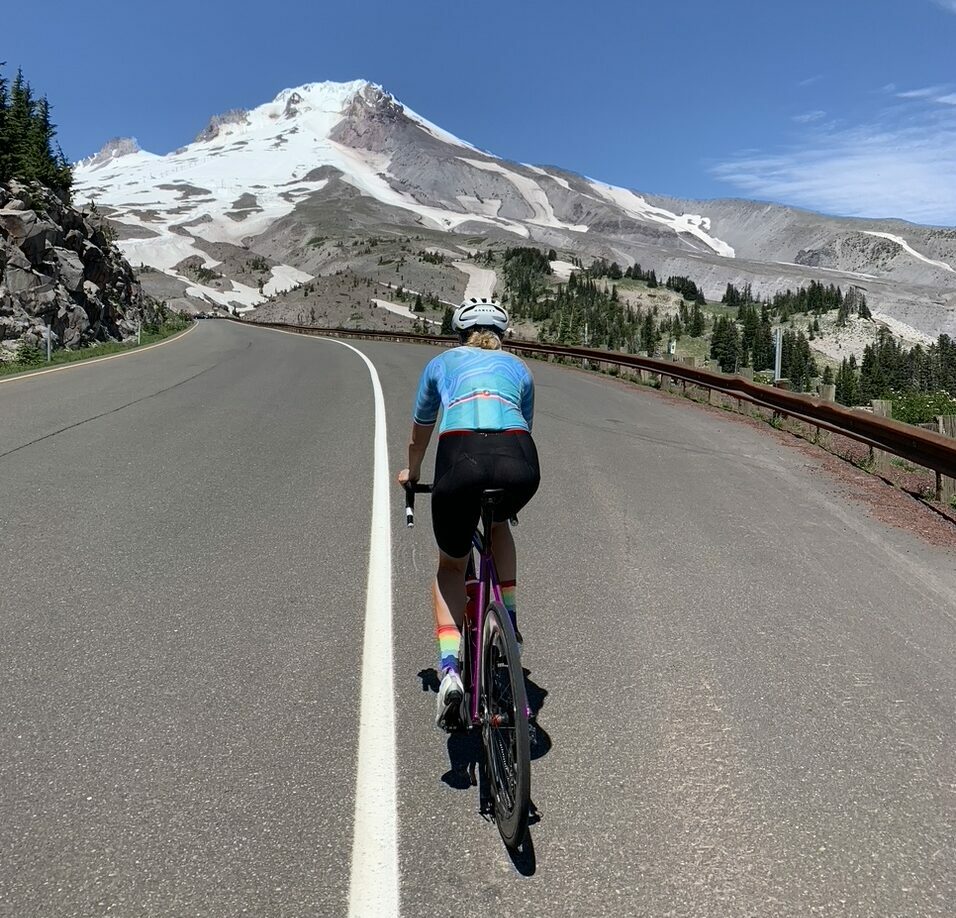
Sometimes grit means taking a step back to take the ultimate step forward. I don’t know when I’ll find myself on a peak again, but I do know this: without valleys, there cannot be peaks.
A big thank you goes to my support system for their help, understanding, and patience throughout this process of working back to full health: my coach Joe Gambles; my manager Ryan Sosna Bowd (Portfolio Sport); my sponsors BlueSeventy, Stages Cycling, Rolf Prima, and Castelli; and my partner Garen Marter.


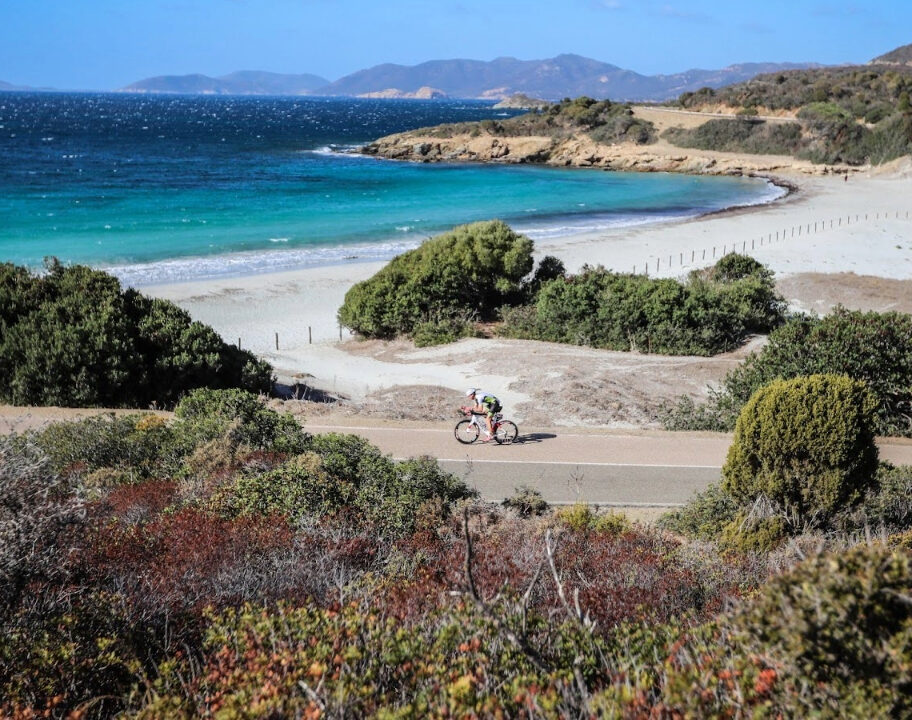
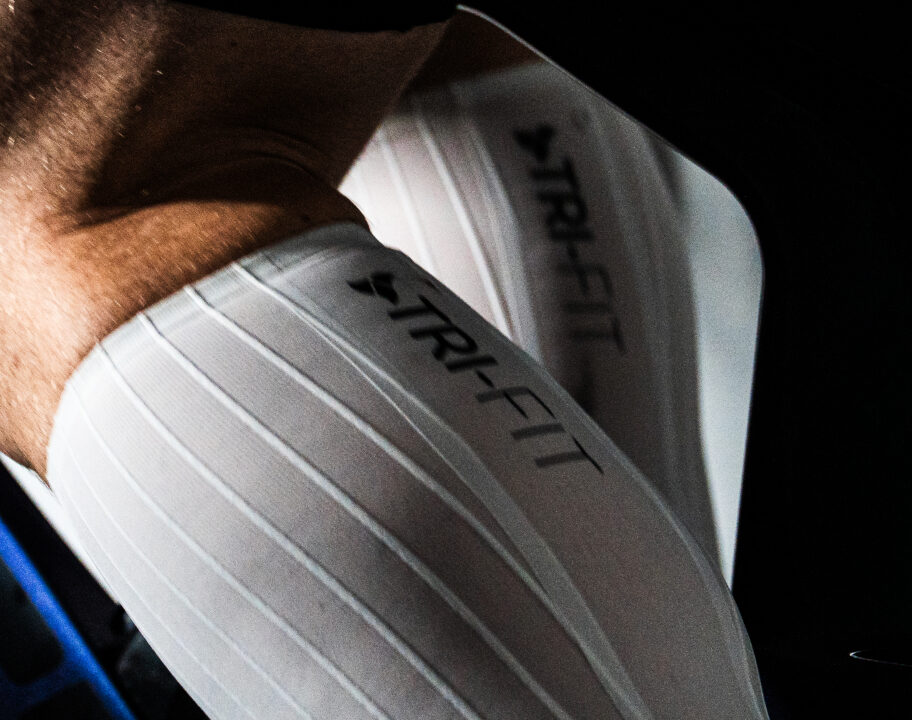
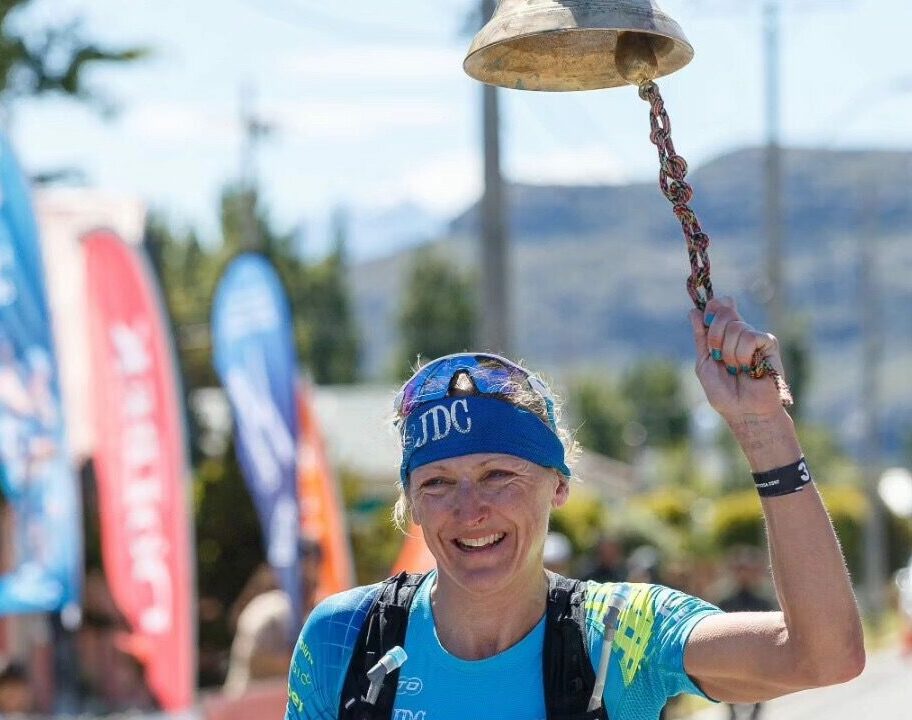
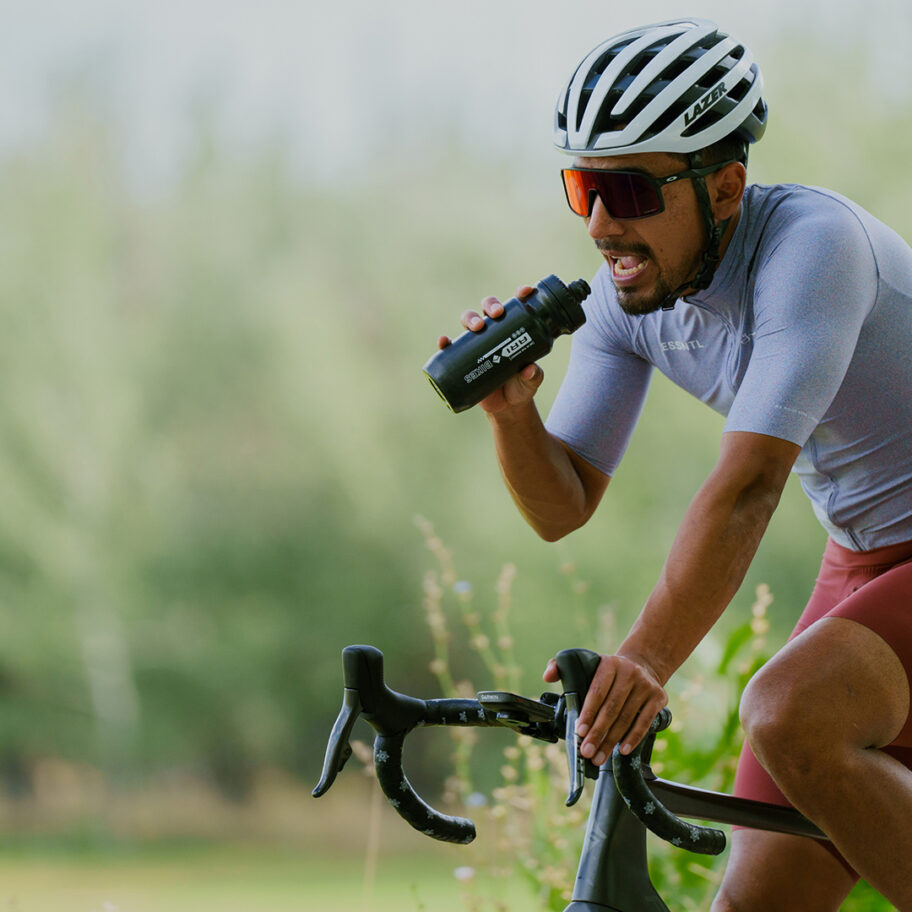
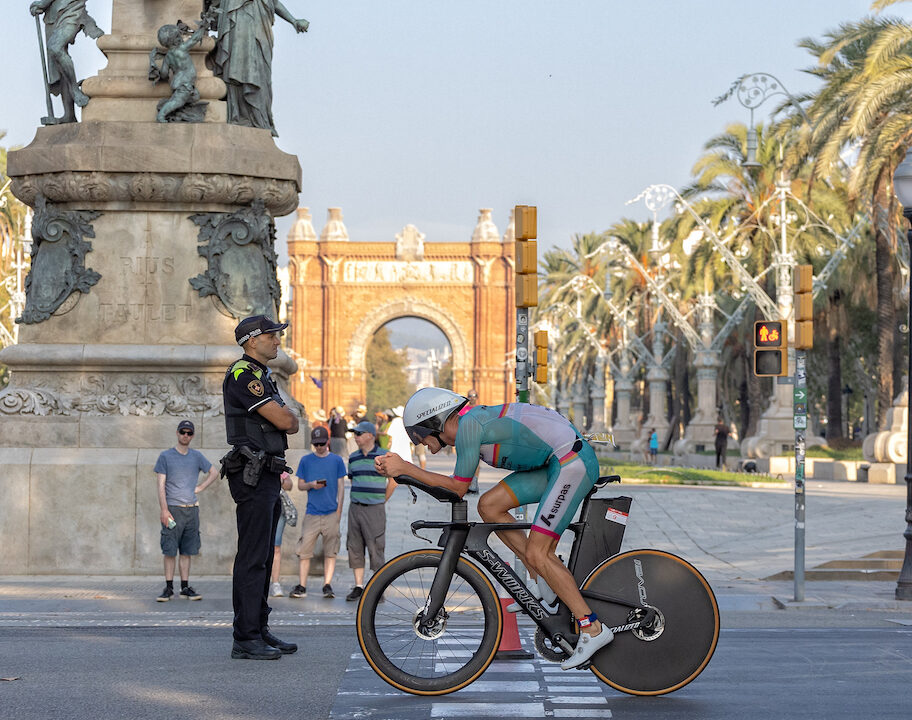
![Caroline Livesey wins the first ever Scottish National Gravel Championships in August 2025. [Photo credit: Outsider Events]](https://www.tri247.com/wp-content/uploads/2025/11/Caroline-Livesey-scots-national1.jpg)
